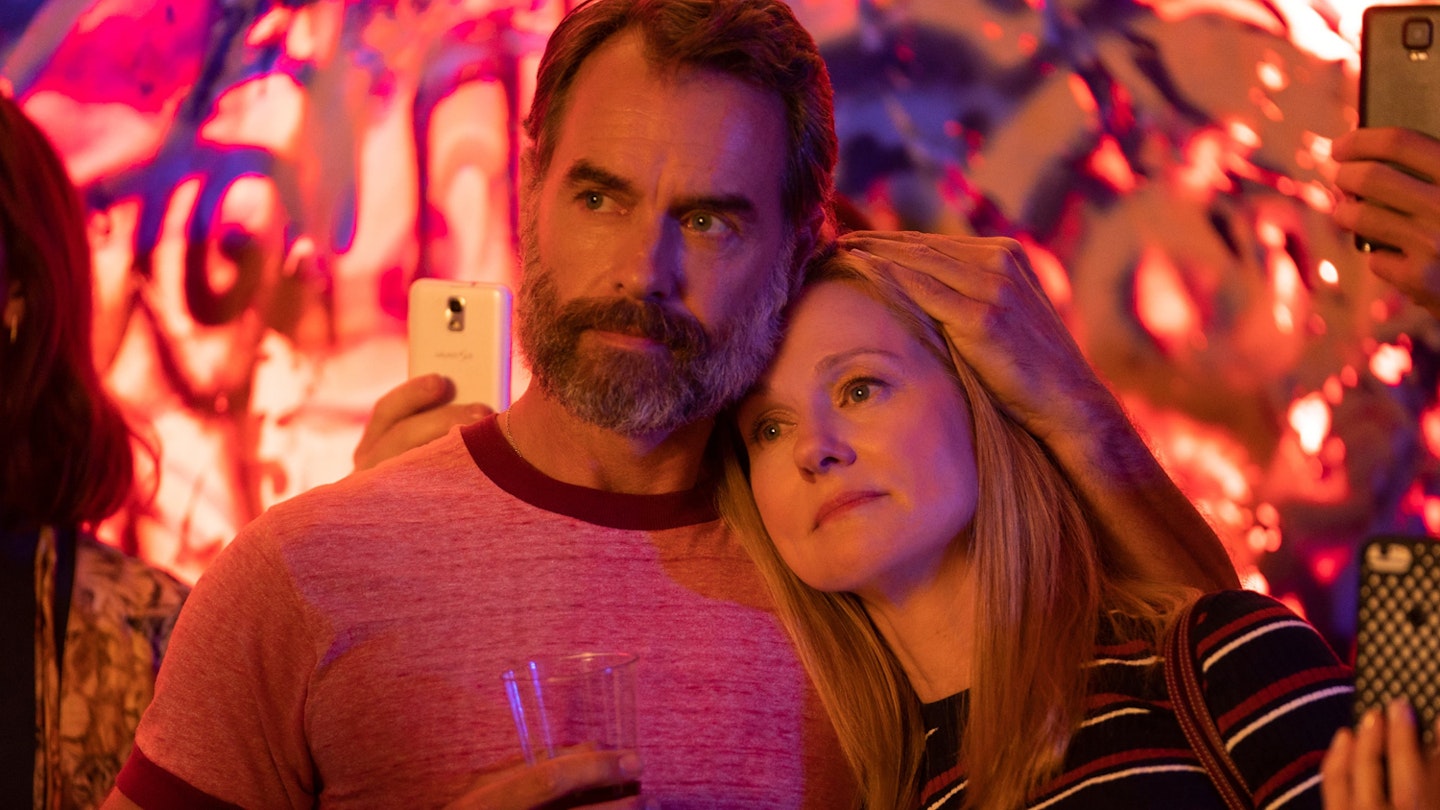if you’re new to Netflix’s revival of Tales Of The City – and the messy, romantic lives of the residents of 28 Barbary Lane – don’t be afraid. The show, based on the nine books of the same name by Armistead Maupin, first began as a 1993 miniseries, continuing in 1998 and 2001 respectively. It could be intimidating coming in fresh. But as Mary Ann Singleton (Laura Linney) returns to San Francisco, 20 years after leaving to pursue her dream career, she sees the community of misfits with fresh eyes – outsider eyes, almost – and we’re here to navigate that new landscape with her.
A love letter to the soul-binding embrace of otherness.
Mary Ann soon finds a reason to stay, and though not everyone from her old life is happy to see her back, an influx of new queer residents show us that life, even in close-knit communities, always finds a way to go on. Whereas once Tales Of The City was defined by the radical otherness of being LGBT in an era of hostility and suspicion, here it explores two vastly different generations in a changed (but not perfect) world. The weariness of one generation and the bushy-tailed optimism of another are united by a perennial melodrama, and the early instalments of this ten-episode run gets a lot of mileage indulging in what generations of marginalised communities have in common.
San Francisco itself has become less like the hippie-ish enclave it was in the original Tales: “If two queers walk down the street and nobody notices, are they still queer?” muses one character to another. But this new Tales remains a love letter to the soul-binding embrace of otherness.
